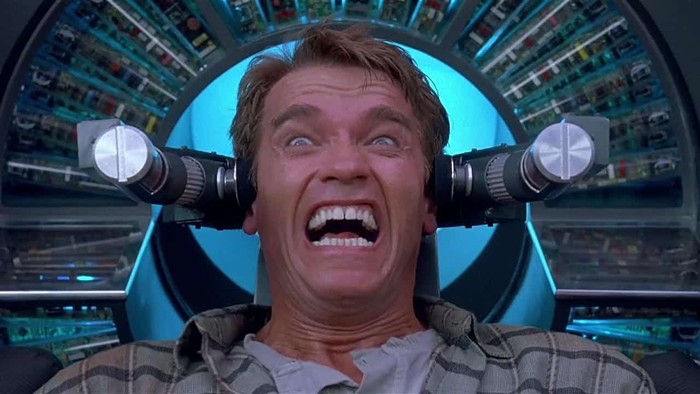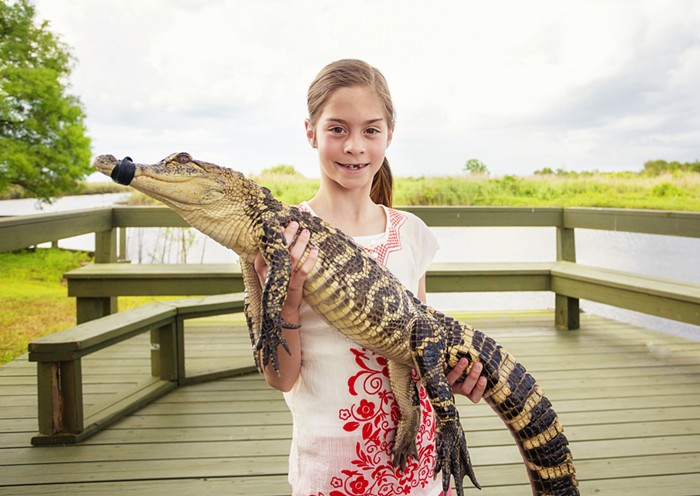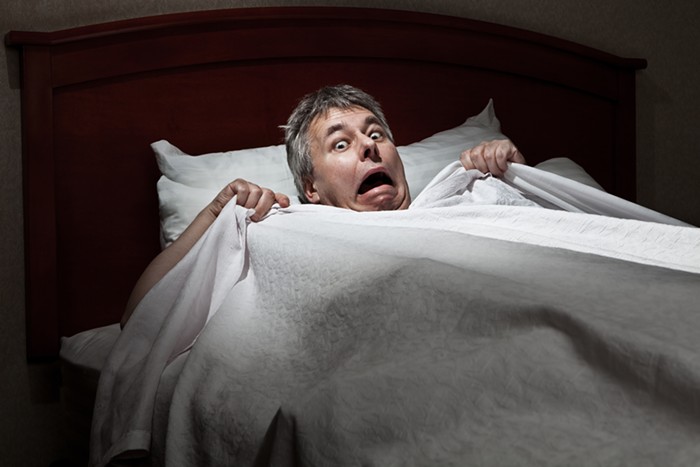The Streaming Wars rage on, with old-school movie and TV distributors twitching on the battlefield as Netflix, Amazon, and Hulu march on. There’s already one upside: Movies and shows that wouldn’t have been made just a few years ago—because their audiences would be too small, because their budgets would be too big, because their stories would be too weird—are getting cranked out faster than anyone can watch them. As streaming services burn money to build libraries, they’re taking chances. Which brings us to Netflix’s The Umbrella Academy.
Based on the stylish, punchy comic written by My Chemical Romance singer Gerard Way and drawn by Brazilian artist Gabriel Bá, The Umbrella Academy begins in October 1989, when 43 children are unexpectedly born—“unexpectedly” as in “their mothers weren’t pregnant until they suddenly gave birth.” Sir Reginald Hargreeves (Colm Feore), an “eccentric billionaire and adventurer” and also kind of a dick, adopts seven of them, and naturally, the kids have superpowers—so along with his robot wife, Grace (Jordan Claire Robbins), and his bespectacled chimpanzee assistant, Dr. Phinneus Pogo (Adam Godley), Hargreeves turns the little weirdos into an adorable, brutal crime-fighting team.
Lovers swoon, time-space gets ripped apart, and there’s a lot of shooting and punching.
The Umbrella Academy picks up years later; following Hargreeves’ death, the ersatz, now-grown siblings meet for a strained, melancholy reunion. (If at first The Umbrella Academy sounds too much like X-Men, give it time—there’s at least as much of The Royal Tenenbaums.) Things get stranger and funnier from there, with the introduction of two bickering, masked assassins, Hazel and Cha-Cha (Cameron Britton and Mary J. Blige), a looming apocalypse, and the slow realization of Vanya (Ellen Page)—the only one of the children who seems to lack powers—that she’s capable of more than she thought.
If The Umbrella Academy has a flaw, it’s the bloat that affects just about every Netflix show—as fun as it is, there’s the sense this all could have been accomplished in fewer than 10 episodes. At the same time, its best moments are its most stylized and indulgent, when the series spends what had to have been a massive music-licensing budget on sharply cut sequences that combine music and images like more shows should: There’s a bloody donut-shop shootout set to They Might Be Giants’ “Istanbul (Not Constantinople),” the Doors play behind two soldiers’ furtive Vietnam romance, and Nina Simone’s “Sinnerman” soundtracks a knock-down, chandelier-crashing battle. The Umbrella Academy captures the same heightened sensation offered by My Chemical Romance’s music: operatic melodrama, given life by gleeful riffs and catchy hooks.
But even as The Umbrella Academy embraces its comic-book surrealism, it takes its characters seriously. Obviously Pogo is wonderful, because he’s a talking chimpanzee (he also wears nice suits! And leans wearily on his cane!), and a predictably great Ellen Page brings a worn sense of wounded determination to Vanya. Two other standouts are Tom Hopper as the massive, lonely Luther, and Aidan Gallagher, whose surly sibling goes by a number rather than a name. (Number Five’s crankiness might be because the vagaries of time travel have trapped him in a child’s body.) Throughout, the ensemble sells The Umbrella Academy’s sweet interludes and sci-fi twists; lovers swoon, time-space gets ripped apart, and there’s a lot of shooting and punching. “My life is so weird,” Vanya deadpans at one point, understating everything.
So the Streaming Wars rage on, and The Umbrella Academy joins an impossibly huge amount of good stuff to watch. No matter why it got made, I’m glad it exists—and that it could keep existing. After all, Hargreeves only got seven of those 43 children. By my count, there are 36 more stories to tell.
The Umbrella Academy streams Friday February 15 on Netflix.




















